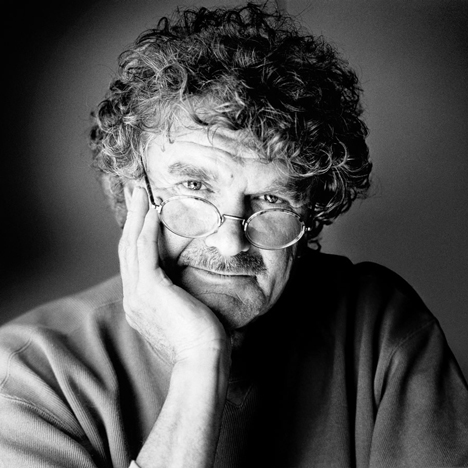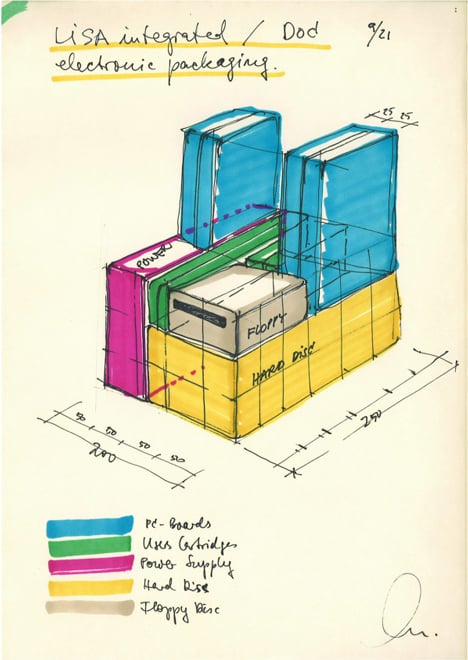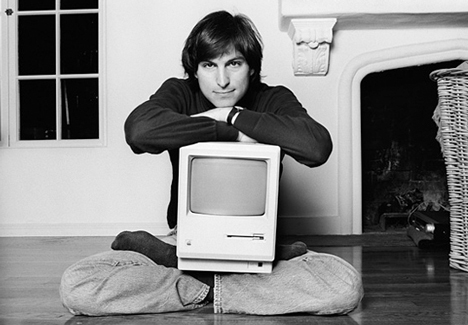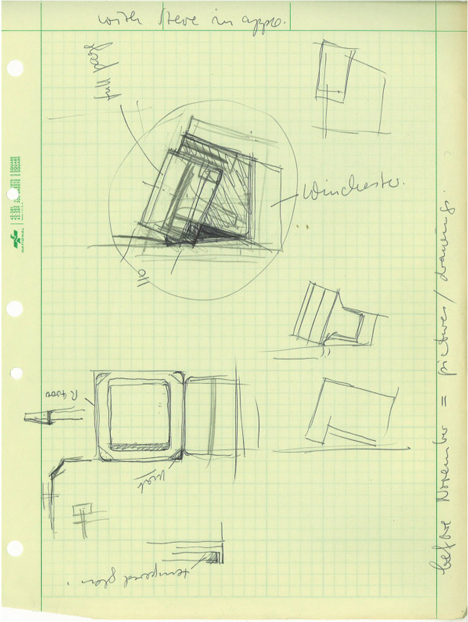
Apple has reached "saturation" says former designer
News: technology giant Apple has lost its vision and has reached creative saturation according to Hartmut Esslinger, the industrial designer hired by Steve Jobs to help transform the brand in the 1980s.
Speaking to Quartz magazine this week, the founder of product design studio Frog said that Apple is operating like Sony was in 1980s when he worked there, where the "visionary founder has been replaced by leaders who aren’t thinking beyond refinement and increasing profit."
“As soon as you can copy something [like the iPhone,] it’s not smart enough anymore,” he told the magazine. “I think Apple has reached in a certain way a saturation."

Esslinger designed over 100 products for Sony prior to joining Apple in 1982, where he worked with Apple's late co-founder Steve Jobs - who passed away in 2011 - on the early design language for Macintosh computers.
He recounted how Jobs was open to experimenting with news ideas and took risks that lead to innovation, a quality Esslinger feels is lacking at Apple today. “Steve Jobs was a man who didn’t care for any rational argument why something should not be tried,” said Esslinger. “He said a lot of ‘no,’ but he also said a lot of ‘yes’ to things and he stubbornly insisted on trying new things.”
He claimed Jobs conceived a "book-like computer" as early as 1982."That vision eventually led to the Apple Newton, a tablet that failed, and the iPhone and iPad, which made history. That kind of vision is now lacking at Apple."

The designer suggested that Apple is being left behind by radical thinking from young designers in places like China, where Esslinger currently leads the Detao Master Class for Strategic Design at Shanghai Institute of Visual Art (SIVA).
He said that the next generation of innovators are moving beyond flat-screen technology, developing ideas for three-dimensional interfaces. "I think flat screens have reached a level of saturation," said Esslinger. "Screens don't have to be all right angles - the cheapest way is not always the best way. What's happening in China right now is a paradigm shift where they realise they have to innovate and can't just make cheap products."

Esslinger's forthcoming memoir Keep it Simple: The Early Design Years of Apple that recounts his time working with Jobs will be released at the Frankfurt book fair on 9 October 2013.
This time last year San Francisco designer Yves Behar told Dezeen that Apple was "a little behind" in interface design and criticised the firm's skeuomorphic approach to the look of its software, which mimicked real-word materials like leather and wood.
Since then Apple has put British industrial designer Jonathan Ive in charge of both its software and hardware design. In June the company unveiled iOS 7, the first major interface design overhaul overseen by Ive, which will be available to users later this month.
German industrial designer Richard Sapper told Dezeen how Steve Jobs once tried to lure him to work for Apple in an interview looking back on his career in June, but that he turned down the offer because he "didn't want to move to California".
See more stories about Apple »